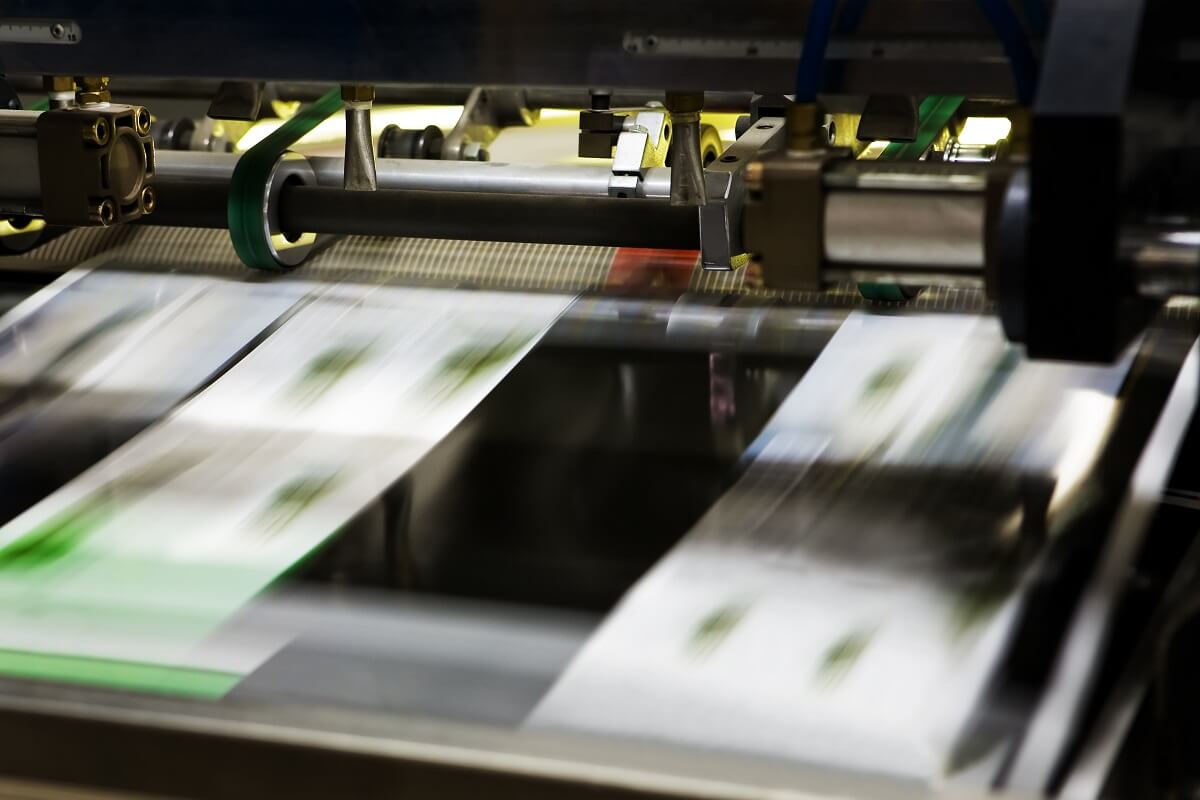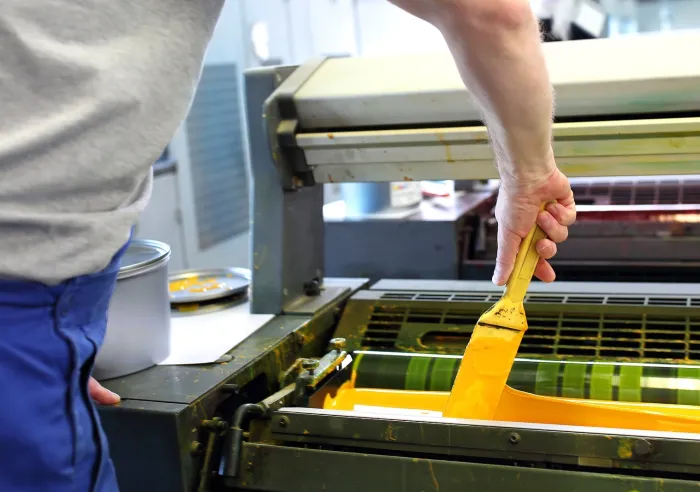In the world of printing, offset printing color separation plays a pivotal role. This technique is essential for achieving high-quality prints and is widely used in various industries, including marketing. Whether you’re a professional in the field or just curious about the process, understanding offset printing color separation is crucial.

What is Offset Printing?
Offset printing is a widely used printing technique where the inked image is transferred from a plate to a rubber blanket and then onto the printing surface. This method is known for its high image quality and efficiency, making it a popular choice for mass production.
How Does Offset Printing Work?
The process involves several steps, starting with plate creation, where the image is etched onto a metal plate. The plate is then mounted onto a cylinder in the press, and ink is applied. The inked image is transferred to a rubber blanket, which then presses the image onto the paper.
The Importance of Color Separation
Color separation is a critical step in the offset printing process. It involves breaking down an image into its primary colors: cyan, magenta, yellow, and black (CMYK). This separation allows for precise color reproduction and ensures that the final print matches the original design.
Why Use Color Separation?
Color separation is used to achieve accurate color representation. By separating an image into CMYK components, printers can control the amount of each color applied, resulting in vibrant and true-to-life prints.
Steps Involved in Offset Printing Color Separation
Step 1: Image Preparation
The first step involves preparing the digital image for printing. This includes adjusting the color balance, contrast, and sharpness to ensure the best possible print outcome.
Step 2: Color Separation
The image is then separated into the four primary colors. Each color is printed using a separate plate, allowing for precise control over the final image.
Step 3: Plate Creation
Once the image is separated, plates are created for each color. These plates are used to apply the corresponding ink to the paper during the printing process.
Step 4: Printing
During the printing stage, the plates are mounted onto the press, and each color is applied sequentially. The paper passes through the press multiple times, with each pass adding a new layer of color.
Advantages of Offset Printing Color Separation
High-Quality Prints
One of the main advantages of offset printing is the high-quality prints it produces. The precise control over color application ensures that the final product is vibrant and detailed.
Cost-Effective
For large print runs, offset printing is highly cost-effective. The initial setup costs are offset by the low per-unit cost, making it an economical choice for businesses.
Versatility
Offset printing is versatile and can be used on a wide range of materials, including paper, cardboard, and even plastics. This makes it suitable for various applications, from brochures to packaging.
Challenges in Offset Printing Color Separation
Color Consistency
Maintaining color consistency can be challenging, especially with large print runs. Minor variations in ink or paper can lead to noticeable differences in the final product.
Setup Time
The setup time for offset printing can be lengthy, as it involves creating and aligning multiple plates. This can be a drawback for small print jobs with tight deadlines.
Offset Printing vs. Digital Printing
While both offset printing and digital printing have their advantages, they serve different purposes. Offset printing is ideal for large, high-quality runs, while digital printing is better suited for short runs and quick turnarounds. To learn more about the differences, visit Printing for Less.
Applications of Offset Printing Color Separation
Marketing Materials
Offset printing is commonly used for marketing materials such as brochures, flyers, and posters. The high-quality prints ensure that the brand’s message is effectively conveyed to the audience.
Packaging
The versatility of offset printing makes it ideal for packaging. It can be used to print on various materials, providing a professional and attractive finish.
Publishing
In the publishing industry, offset printing is used for books, magazines, and newspapers. The technique’s ability to produce detailed and high-quality images makes it a popular choice.
Conclusion
Understanding offset printing color separation is essential for anyone involved in the printing industry. This process ensures high-quality, accurate prints that meet the needs of various applications. While it comes with its challenges, the benefits of offset printing far outweigh the drawbacks, making it a valuable technique in the world of printing.

FAQ
What is the main benefit of offset printing?
The main benefit of offset printing is its ability to produce high-quality prints at an economical cost, especially for large print runs.
Why is color separation important in offset printing?
Color separation allows for precise control over color application, resulting in vibrant and accurate prints.
Can offset printing be used for small print runs?
While it can be used for small print runs, offset printing is more cost-effective for larger jobs due to the initial setup time and costs.
For more insights into the offset printing process, visit our detailed guide.
This article contains affiliate links. We may earn a commission at no extra cost to you.






